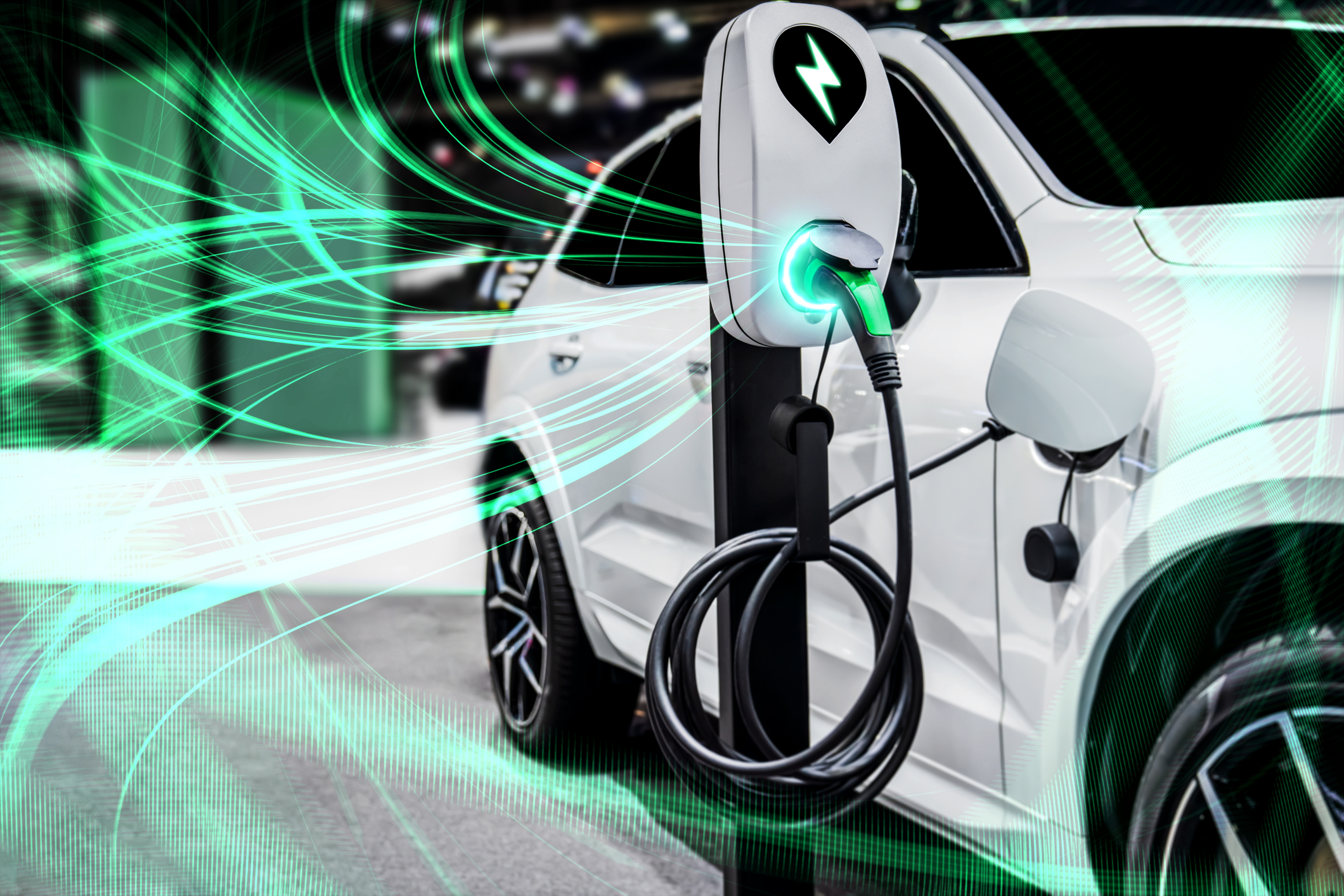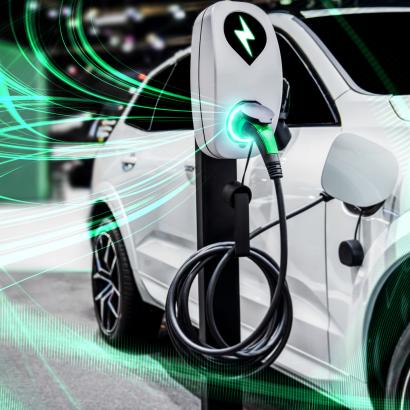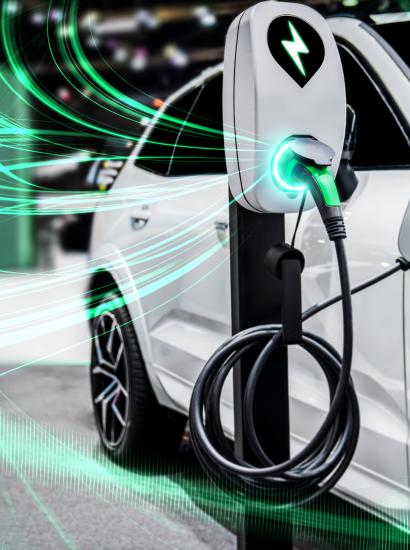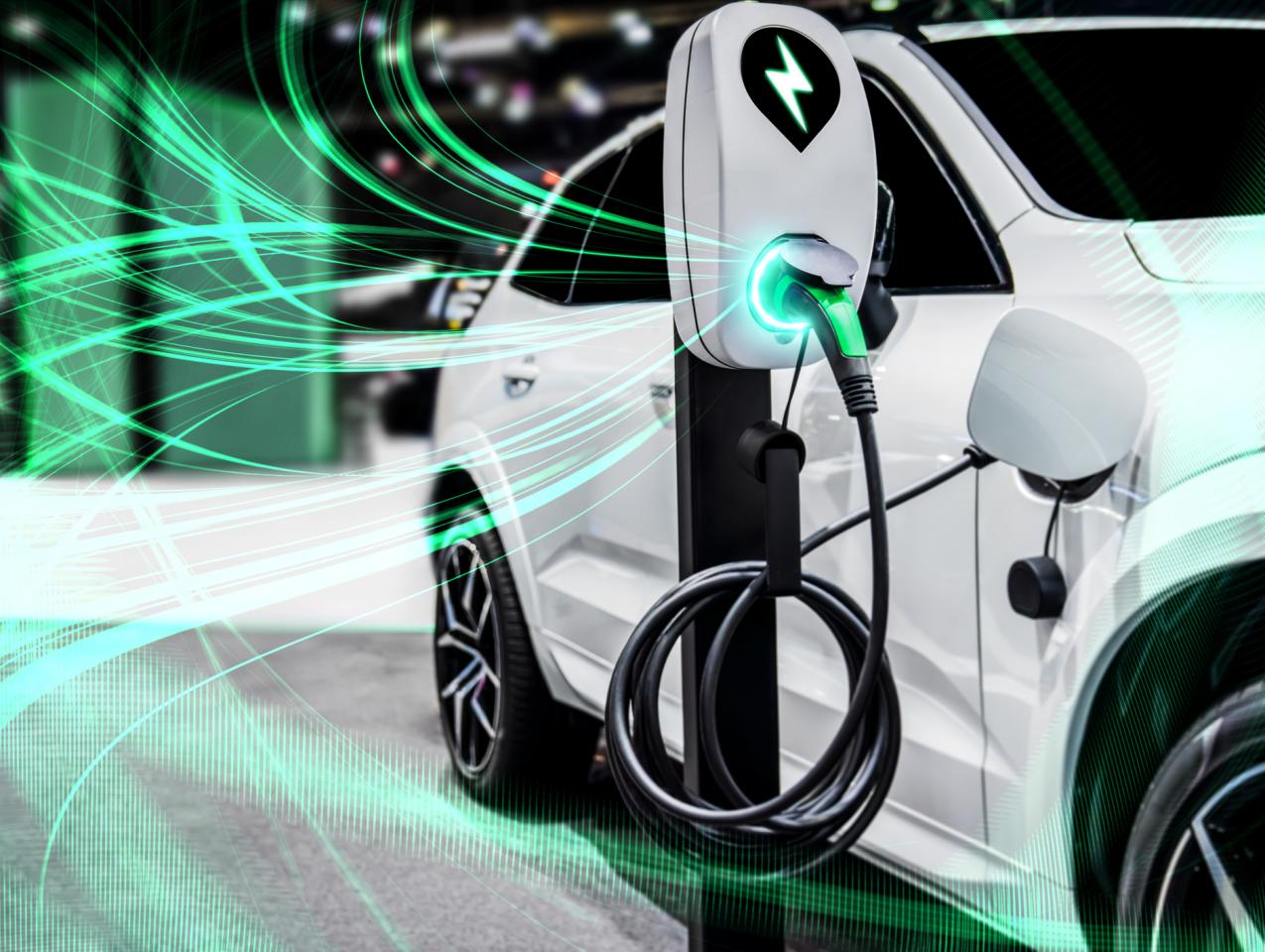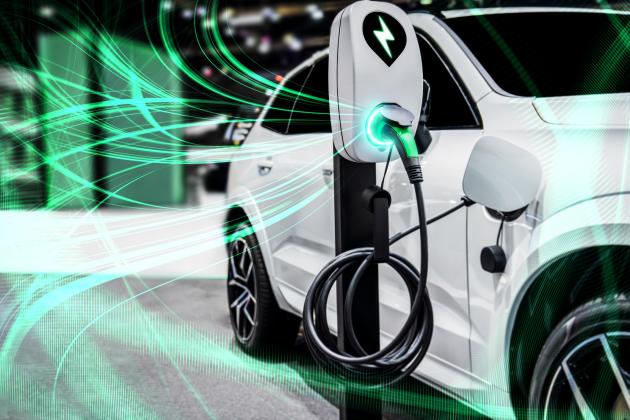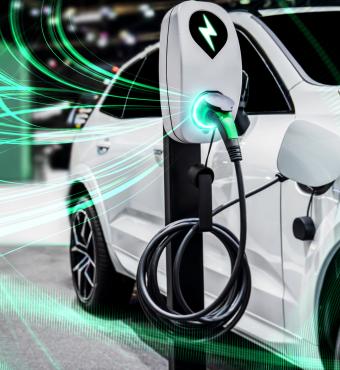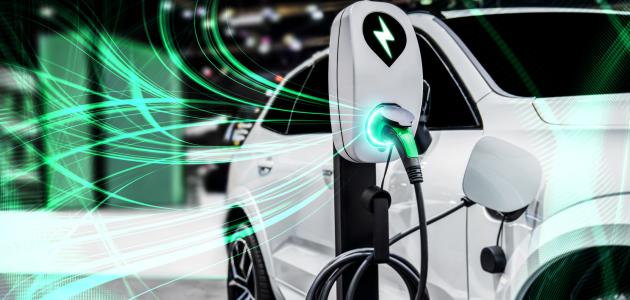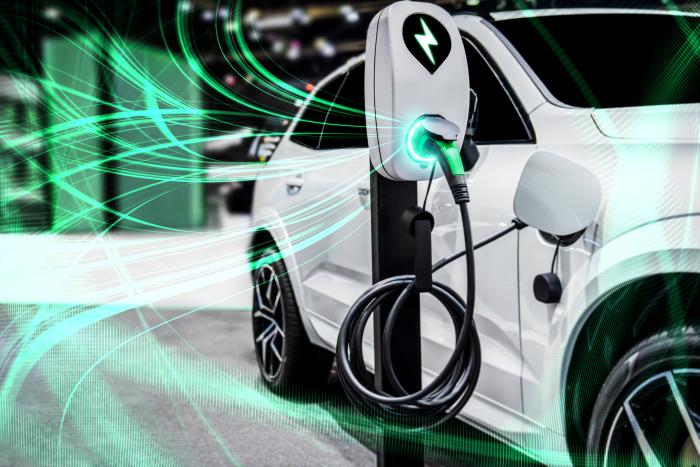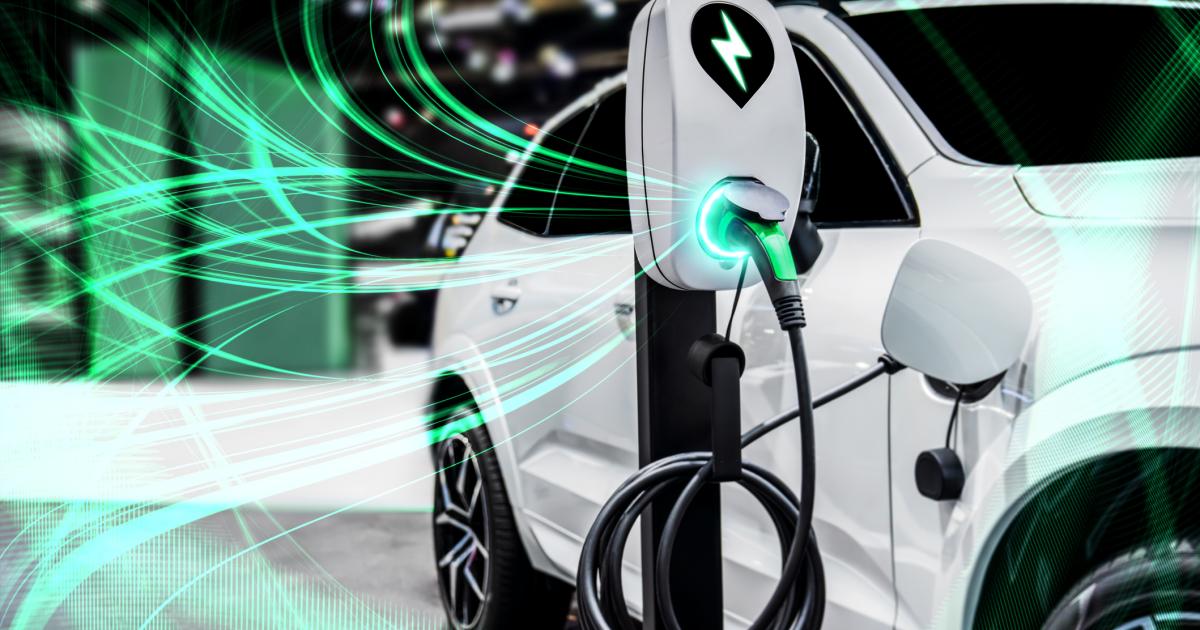- State & Local
Last year, the California Air Resources Board (CARB), an unelected agency, issued a regulation requiring all cars sold in California in 2035 and later to be electric vehicles (EVs). Even sales of non-plug-in hybrids such as traditional Priuses would be banned. Last month, President Biden’s Environmental Protection Agency proposed regulations on tailpipe emissions. Although the regulations do not specify a particular percent of vehicles that would have to be EV, the EPA itself estimates that achieving the mandated emissions reductions would require 60 percent of new cars sold in 2030 to be EVs. To put that in perspective, only 5.8 percent of new cars sold in the United States in calendar year 2022 were EVs. The justification that both CARB and the EPA give for the regulations is that they would reduce harmful pollutants and fuel usage, thus reducing global warming.
The way that the advocates of these regulations justify them reminds me of the old joke about economists. A chemist, a physicist, and an economist are stuck in the wilderness with a can of food but no can opener. The chemist suggests that they add acid on top of the can, but the other two point out that the acid might leak through and ruin the food. The physicist suggests that they puncture the can with a rock, but the other two point out that that could make the can explode so that the food would fly all over the place. Then the economist gives his solution: assume a can opener.
The reason the joke is slightly funny is that it points to the common view that economists assume away a problem. I’m not sure that we economists do it that much, but I will tell you who does do it: people who propose electric vehicle (EV) mandates. They start by assuming that an EV already exists. That’s how they figure that EVs would use less fossil fuel, be less polluting, and be cheaper in the long run. Once you delve into the life cycle of electric vehicles, though, starting with production, you can reasonably conclude that all three of these views are questionable. EVs will use less or more of fossil fuels, will lead to less or more pollution, and will be cheaper or more expensive in the long run. We just don’t know. And that in itself is enough reason to oppose mandates. Moreover, there’s another way that advocates of EV mandates are like the economist who assumes the can opener: they assume away actual humans.
The Life Cycle of Cars
If you start with the assumption that EVs already exist, then yes, you can easily show that with normal usage of EVs and gasoline-power cars, EVs do better on fuel usage. But EVs, to exist, must be produced. And that, right away, raises two problems. First, because the batteries for EVs are so heavy, manufacturers are using more aluminum for the car’s body, and aluminum is lighter than the usual materials used to make cars. But the production of aluminum is heavily energy intensive. That’s why it tends to be produced where there is ample hydroelectric power: hydro tends to be cheaper than electric power produced from fossil fuels. If we were to have over half of our cars be EVs, which is what the CARB and EPA-proposed regulations would require, that would require a massive increase in the amount of aluminum used. It isn’t clear that there would be enough hydro power to do that. If so, then there would be more demand for power produced with fossil fuels. Of course, nuclear energy could solve that problem. But regulation by the Nuclear Regulatory Commission has made it very difficult to produce new nuclear power facilities at a low cost.
The second problem is the batteries themselves. Although the cost of producing batteries has come down substantially since 2010, producing them is still resource intensive, which translates into being energy intensive.
The EPA’s Bart Simpson Justification
Comparing pollutants generated by EVs and gasoline-powered cars over the life cycle also leads to ambiguous results. Of course, EVs produce zero pollution but they do use electricity, and electricity production causes pollution. How does the EPA take account of this? It doesn’t. Go to page 203 of the EPA’s 728-page proposal for its new regulation and you will see this statement:
EPA is proposing to make the current treatment of PEVs [plug-in electric vehicles] and FCEVs [fuel cell electric vehicles] through MY [model year] 2026 permanent. EPA proposes to include only emissions measured directly from the vehicle in the vehicle GHG [greenhouse gases] program for MYs 2027 and later (or until EPA changes the regulations through future rulemaking) consistent with the treatment of all other vehicles. Electric vehicle operation would therefore continue to be counted as 0 g/mile, based on tailpipe emissions only.
In short, the EPA assumes something it knows to be false, namely that emissions from producing electricity to power EVs are zero. I’m tempted to call this the EPA’s “non-smoking gun.”
How could the EPA justify such an extreme assumption? On the same page, it attempts to do so, writing, “The program has now been in place for a decade, since MY 2012, with no upstream accounting and has functioned as intended, encouraging the continued development and introduction of electric vehicle technology.”
Did you catch that? The EPA justifies its explicit bias against gasoline-powered vehicles and in favor of EVs by arguing that doing so will encourage the continued development of EVs. Well, yes, just as ignoring the cost of anything will justify more of that thing. Call it the EPA’s new frontier in cost/benefit analysis. Or maybe call it the Bart Simpson justification: “I only lied because it was the easiest way to get what I wanted.”
Based on its assumption that the electricity used by EVs is produced with zero pollution, do you care to bet about whether the EPA even bothers to estimate the pollution from actual production of EVs? I doubt it. Doing so might not encourage “the continued development of electric vehicle technology.”
On page 524, the EPA presents an interesting estimate of the value of the health benefits from the large switch to EVs. What’s interesting is how low they are. They range from $5.1 billion to $15 billion annually. I’ll explain shortly why that’s low.
Assume Actual Humans: Will This Scale?
Have you ever run into someone who tells you that some way of living should work for you because it works for him? Sometimes that’s true, of course, but it’s often false because the person has failed to take account of you and your circumstances.
Think of one thing that everyone who has bought an EV has in common: they chose it even though they could have chosen a gasoline-powered vehicle. That tells you that in comparing the options, they found an EV to be the best option. What does that not tell you? Whether that will be the best option for you.
I strongly suspect that people who have EVs tend to have relatively short commutes and driveways handy in which they park and plug in. What that leaves out is a huge percent of the population. While it’s true that most people have short commutes that can easily be covered round trip by an EV on one charge, that’s not true for everyone. In California, for example, we often hear about people who have an eighty-mile or more commute. If they fear getting stuck in traffic, they might not relax while driving home, especially if they were stuck in traffic on the way to work.
Moreover, a large percent of people live in apartments and have to find a different parking place every night. That was true of my daughter when she lived near downtown San Francisco. Can we really assume that a large percent of those parking places will have EV chargers and that a large percent of those chargers will work? I don’t think so.
People choose what they think is most appropriate for them. And that’s why EV usage is unlikely to scale to anything close to 50 percent, let alone 60 percent.
EVs will be particularly difficult for people in colder climates. As Chantel Wakefield points out on the Kelley Blue Book site, they can lose up to 30 percent of their range and can take twice as long to charge. That fact may well explain why EV sales as a percent of overall sales are so much lower in northern states such as Wyoming, Montana, and North Dakota than in California.
The Value of Time
I noted earlier the EPA’s estimate that a massive reduction in tailpipe emissions brought about by an order of magnitude increase in EVs would create annual health benefits worth between $5.1 billion and $15 billion. That might sound large. But let’s consider one large negative from EVs: the time cost. Let’s say conservatively that sometime in the next decade forty million Americans will own EVs. Let’s also say conservatively that their time is worth only $25 an hour. If charging their vehicles costs them an extra hour per week over fifty weeks, that’s an annual time cost of $1,250. Multiply that by forty million and you get a total time cost of $50 billion annually, which is a multiple of the upper range of the health benefits.
The Grid
One thing many of us Californians learned during the recent rainy weather is that we can’t depend on the grid. The rain loosened up the soil and then the wind blew trees over on power lines, resulting in power outages that sometimes lasted for days. Between December 10, when we had the first big power outage, and early April, my wife and I went without power for a total of well over one week, that is, 168 hours. It was not fun. It seems like common sense not to mandate that we must depend on the grid even more, which is what an EV mandate would do. It’s true that neighbors who had EVs could use them to power their houses—for a while. But they couldn’t use them to do that and still drive them.
Effect on Global Temperatures
What would be the effect on global warming of the massive shift to EVs envisioned by both CARB and Biden’s EPA? It would be hard to detect. In recent written testimony before the US Senate Committee on the Budget, energy economist Benjamin Zycher, a senior fellow at the American Enterprise Institute, noted, based on the EPA’s climate model, that even reaching net zero today would cause the temperature by 2100 to be only 0.173 degree Celsius lower than otherwise. And of course, these proposals won’t get us to net zero even by 2050, so the drop would be substantially less. Zycher points out that the standard deviation of temperature is about 0.11 degree Celsius. Thus his conclusion that these measures, even if they caused a massive shift in sales of EVs, would not detectably change world temperatures.
Some Good News: They Won’t Do It
I’ll end with some good news: as we get closer to the relevant years, these proposals will not be implemented. Peter Van Doren, editor of Regulation magazine, recently noted many instances where regulators put in place ambitious regulations on people’s behavior and then retreated when people didn’t come close to attaining, or liking, the regulators’ goals. One instance is particularly striking in this context. Van Doren wrote:
Under rare circumstances unrealistic policies proceed far enough to alienate voters and receive direct congressional attention. 1974 model year automobiles were required to have electronics that prevented automobiles from being started unless the seatbelts were in use. Motorists revolted and in October 1974 Congress enacted (pp. 180–81) legislation (pp. 21, 42–43) prohibiting the use of that technology or any seat belt warning buzzer that sounded for more than eight seconds.
We’ll know well beforehand whether I’m right because California is the canary in the coal mine, pun not intended. By 2027, CARB will require that 43 percent of new vehicles sold in California be either zero-emission vehicles (ZEV) or plug-in hybrids (PHEVs). It’s conceivable that car producers could meet that goal, but they would likely do it in two ways: produce a lot of PHEVs relative to ZEVs and price gasoline-powered cars very high in order to discourage their sales. That, in turn, would lead to a consumer revolt. Hundreds of thousands of people would show up in Sacramento to protest. It’s possible that I’m wrong. But if I’m wrong, the protest would happen in 2028, when the target is 51 percent. By then the legislature, even a Democratic-dominated legislature, would tell CARB to back off.
There’s another piece of good news. Reason science writer Ron Bailey notes that the main models of future temperature have over-predicted temperature increases for the past few decades by about 50 percent. According to the models, global temperatures should have been increasing by about 0.28 to 0.29 degrees Celsius per decade and instead are increasing by about 0.18 to 0.19 degrees Celsius. At that rate, he notes, we won’t reach another 1 to 1.6 degrees Celsius until 2100. This is unlikely to be catastrophic. We have lots of time.







